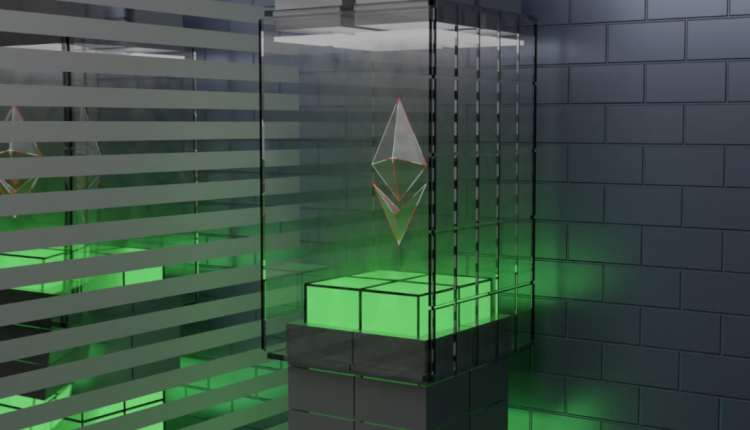Creating a greener blockchain

Ethereum has already paved the way for a greener blockchain, but part of the battle is in the minds of the people
With people being more aware of their carbon footprint, what challenges does that present to blockchain?
Blockchain gaming and crypto projects have had to face many concerns over the environmental impact that blockchain technology poses. A key issue has been finding a balance between scalability and new technology.
Transactions on the blockchain can take large amounts of power to run which presents a problem for greenhouse gas emissions. However, blockchain has already seen changes come into place that are reducing the negative impact caused to the environment. With renewable options coming into play and new solutions, there’s hope for a greener blockchain.
Big changes for blockchain
One major change has been centred on Ethereum. Much of the blockchain industry has been built on Ethereum, in 2021 it was especially active. At this time the open-source blockchain was functioning on proof-of-work mechanisms to process and finalise transactions.
Proof-of-work is considered to be harmful to the environment since it requires large amounts of electricity to run. In The Blockchain Game Alliance report, 26.9% of respondents were confident that ecological impacts of blockchain gaming were a misconception. Those working in blockchain have made an effort to educate others on how systems work, and their impact.
In 2022 a huge transition happened with Ethereum which promoted a greener future for blockchain. The proof-of-work mechanism that Ethereum was using switched to what is known as “The Merge.” This saw Ethereum switch from a proof-of-work algorithm to a Proof-of-stake. This switch radically changes how blockchain works and is far more efficient.
A greener future
The switch made it so Ethereum would be more eco-friendly and removed much of the pollution that the previous mechanism created. According to the Ethereum Foundation, this change made the system 99.5% less polluting. Proof-of-stake uses far fewer computers and therefore means less power is needed. This marked a huge step for blockchain becoming better for the environment.
In addition to the Ethereum merge, blockchain has seen various other attempts at reducing carbon emissions. Protocols such as Polygon, Ronin, and ImmutableX have all been looking toward future more efficient methods to increase scalability without impacting the environment.
Despite these changes to create a greener blockchain the industry still feels like there is much work to be done. The Blockchain Game Alliance survey saw 40% of respondents state that the biggest misconception facing the industry is the idea that blockchain has an environmentally negative impact on the world. Part of the battle for blockchain is not only ensuring that enough is being done to reduce emissions but also continuing to educate others on how these systems work.
